Northampton police: heroin overdoses nearly triple in city
| Published: 01-06-2017 9:41 AM |
NORTHAMPTON — The number of heroin overdoses in the city has nearly tripled in the last year, according to data released Wednesday by the Northampton Police Department .
“We are indeed in the midst of a terrible epidemic,” the department wrote in a post on its Facebook page.
Last year the department responded to 51 overdose calls, 44 of which involved heroin overdoses, according to police. Six men died of heroin overdoses in 2016, up from zero the previous year, according to data provided by the Northampton Police Department.
That reverses the trend of the previous year, in which Hampshire County overdose death rates fell as they increased in most of the rest of the state.
The oldest to die was a 39-year-old from Medway. First responders with the Fire Department gave the man two doses of Narcan, an overdose-reversal drug, but were unable to save him, according to data.
In the case of a 34-year-old Northampton man, police gave him four doses of Narcan and were still unable to save him, according to data.
The youngest were 21-year-olds from Northampton and Leeds.
A 72-year-old Northampton woman died of an intentional oxycodone overdose, according to data.
Article continues after...
Yesterday's Most Read Articles
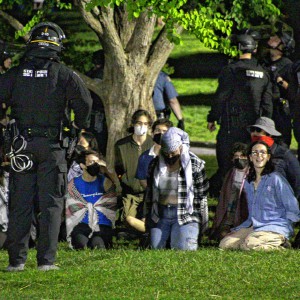 More than 130 arrested at pro-Palestinian protest at UMass
More than 130 arrested at pro-Palestinian protest at UMass
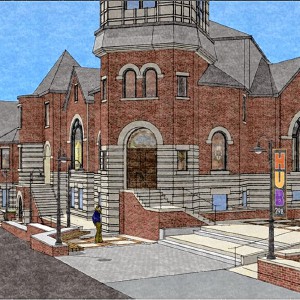 Public gets a look at progress on Northampton Resilience Hub
Public gets a look at progress on Northampton Resilience Hub
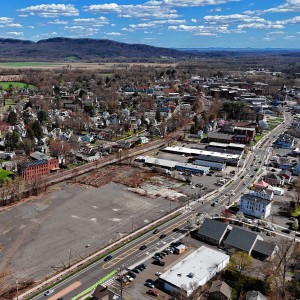 Northampton bans auto dealerships near downtown; zone change won’t affect Volvo operation on King Street
Northampton bans auto dealerships near downtown; zone change won’t affect Volvo operation on King Street
 UMass basketball: Bryant forward Daniel Rivera to be Minutemen’s first transfer of the offseason
UMass basketball: Bryant forward Daniel Rivera to be Minutemen’s first transfer of the offseason
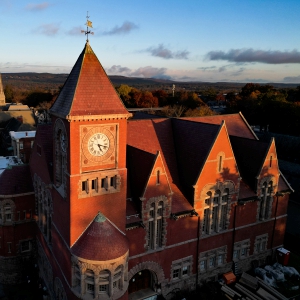 Town manager’s plan shorts Amherst Regional Schools’ budget
Town manager’s plan shorts Amherst Regional Schools’ budget
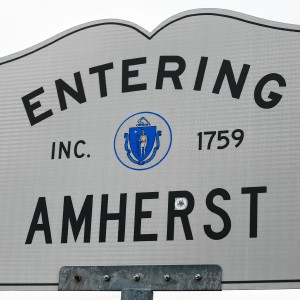 Police respond to alcohol-fueled incidents in Amherst
Police respond to alcohol-fueled incidents in Amherst
In 2015, police responded to just 15 heroin overdoses.
On 35 of the 44 calls, police administered Narcan, to people who required anywhere from one to four doses of the drug, police wrote.
It is unclear what caused the spike but professionals in the field believe a combination of people calling for help as well as the powerful synthetic opioid fentanyl could play a role.
“Hampshire HOPE and the Northampton Police Department have worked really hard to ensure that people are comfortable calling for help and calling for support,” Cherry Sullivan, the coalition’s coordinator, said.
“I do believe, the data is showing the epidemic is getting worse again in Hampshire County, particularity because of fentanyl.”
Fentanyl, a drug synthesized in the 1960s, is much more potent than morphine or heroin. Fentanyl also has 15 analogues, or sister drugs, that vary in strength.
“We are seeing that fentanyl is playing a more active role in overdoses and overdose deaths,” Sullivan said.
The state medical examiner’s office has been playing a more active role in testing for fentanyl to allow for more accurate data, according to Sullivan. Those numbers are not expected until later this year.
When used medically, it is typically prescribed to treat pain, or to manage pain after surgery, according to the National Institute on Drug Abuse.
“With fentanyl it is so vital that 911 is called,” Sullivan said. “The dosage of Narcan that most people carry tends not to be effective for the levels of fentanyl that we are seeing. Whereas before we may be able to rely on giving someone Narcan, we can’t rely on that before.”
In 74 percent of cases where dosage was reported for Northampton’s 2016 drug overdoses, multiple doses of Narcan were required.
In February 2016, the police department launched the Drug Abuse Response Team program. The program is staffed by four specially trained officers who are tasked with trying to connect people who have recently overdosed with local addiction resources.
Since the program started, officers either attempted to make contact or were able to make contact 22 times.
Patrol Officer Adam VanBuskirk is one of the department’s four DART officers.
“We do the best that we can to try and reach out and contact everyone we can,” VanBuskirk said. “We provide as much services as we can.”
VanBuskirk said it is up to the individual how involved they want police to be. Sometimes people just want to talk and when that happens, VanBuskirk said, officers show that they are another ear, another person who cares.
“I think this program is a great program, it’s another avenue we have,” VanBuskirk said. “We like to give answers and be able to solve problems … I think it has really helped both the people in need and the department. It’s another tool we can use to help the public.”
To combat the epidemic, police are doing a number of things that include enforcement, education and helping those with addiction, according to Capt. John Cartledge.
“Our detectives and our department as a whole, we really try to target heroin dealers in the city and other drug dealers and do enforcement efforts along with our program,” he said. “The mixture of all those will hopefully help out.”
The data released by police only reflect calls that officers responded to throughout the year. Police acknowledge that there were other people who may have overdosed and received Narcan from a bystander or who may have been brought directly to a hospital by friends or family.
The Centers for Disease Control and Prevention reported a “statistically significant” increase in heroin overdoses in Massachusetts from 2014 to 2015. The number of overdoses grew from 469 to 634 which is more than a 33 percent increase, according to the CDC.
The CDC also reported a sixfold increase in the total number of deaths from heroin overdoses nationally from 2001 to 2014.
Emily Cutts can be reached at ecutts@gazettenet.com.

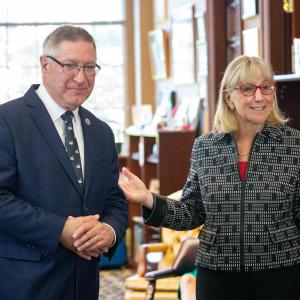 State Senate budget funds free community college for all
State Senate budget funds free community college for all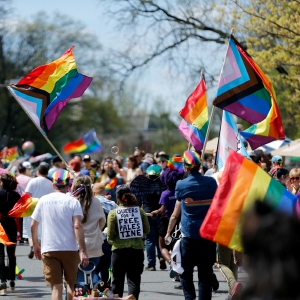 ‘We can just be who we are’: Thousands show support for LGBTQ community at Hampshire Pride
‘We can just be who we are’: Thousands show support for LGBTQ community at Hampshire Pride Doors open at Tilton Library’s temporary home at South Deerfield Congregational Church
Doors open at Tilton Library’s temporary home at South Deerfield Congregational Church Area property deed transfers, May 2
Area property deed transfers, May 2
